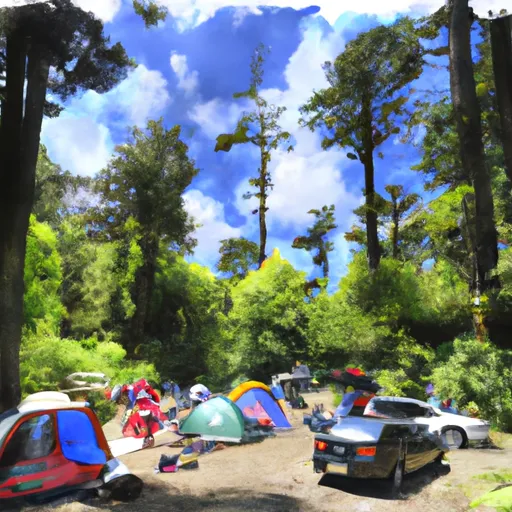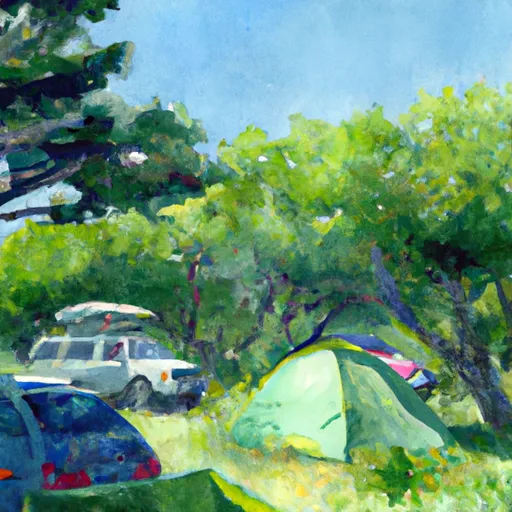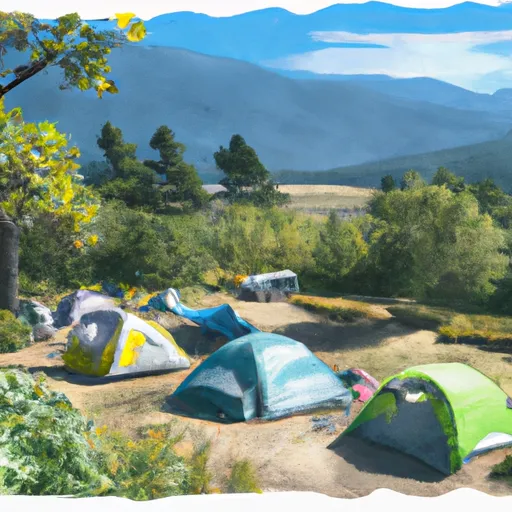Summary
It stands tall at an elevation of approximately 7,743 feet (2,360 meters), making it one of the highest peaks in the region. With its imposing size and majestic presence, Mount Constance attracts mountaineers and outdoor enthusiasts from far and wide.
During the winter season, Mount Constance experiences significant snowfall, creating ideal conditions for winter sports and mountaineering. The snowpack on the mountain varies depending on the year, with an average range of 5 to 15 feet (1.5 to 4.5 meters). This snowpack provides opportunities for activities like skiing, snowboarding, and snowshoeing.
Mount Constance also contributes to the hydrology of the region, with several creeks and rivers receiving runoff from its slopes. While specific waterways can vary, the nearby Dosewallips River and Big Quilcene River are known to benefit from the mountain's runoff. These rivers not only enhance the scenic beauty of the area but also provide important habitats for various plant and animal species.
The name "Constance" has an interesting history. It was given by the early European explorers who were inspired by the mountain's resemblance to a medieval fortress. The name reflects the enduring nature and strength of this majestic peak. While no specific legends or lore are commonly associated with Mount Constance, its sheer beauty and challenging terrain have undoubtedly left lasting impressions on those who have ventured to its summit.
Weather Forecast
Regional Streamflow Levels
5,650
Cubic Feet Per Second
20,700
Cubic Feet Per Second
4,650
Cubic Feet Per Second
297
Cubic Feet Per Second
Area Campgrounds
| Location | Reservations | Toilets |
|---|---|---|
 Dosewallips
Dosewallips
|
||
 Dosewallips Campground
Dosewallips Campground
|
||
 Camp Mystery
Camp Mystery
|
||
 Dose Forks
Dose Forks
|
||
 Camp Handy
Camp Handy
|
||
 Five Mile Camp
Five Mile Camp
|
